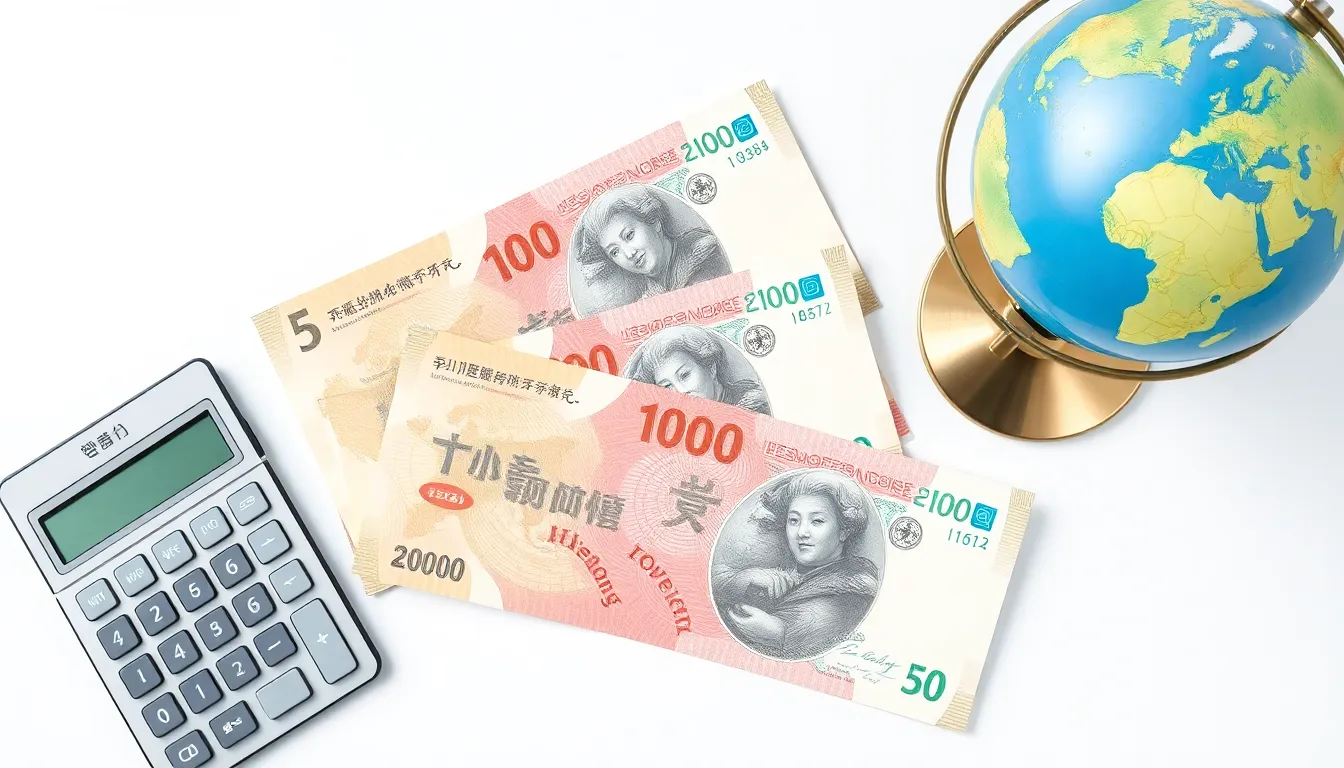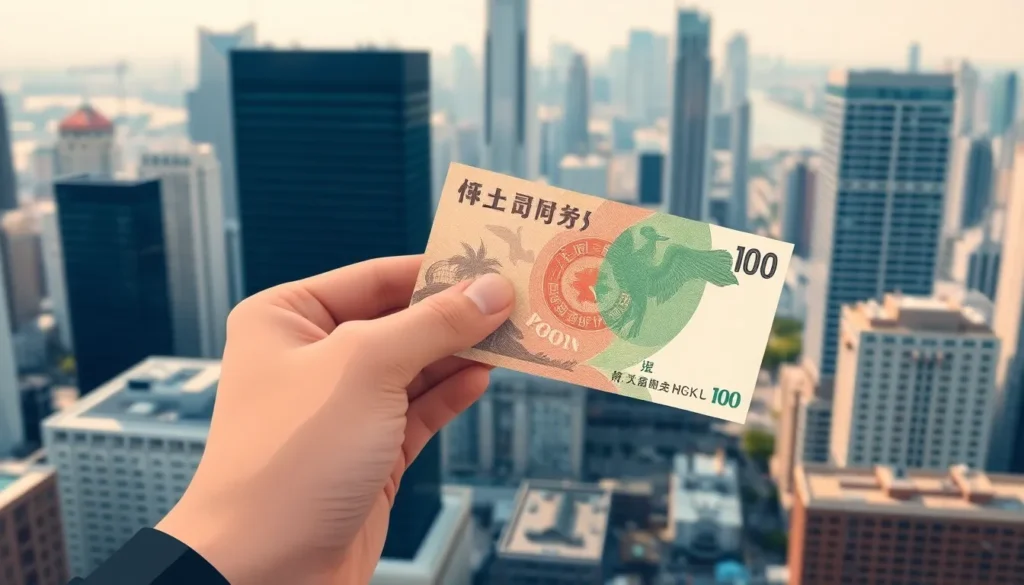When it comes to converting currency, the numbers can feel like a game of hide and seek. Take 350,000 won, for example. It might seem like a small fortune in South Korea, but how does it stack up against the almighty dollar? Spoiler alert: it’s not as complicated as trying to assemble IKEA furniture without instructions.
Table of Contents
ToggleUnderstanding Currency Conversion
Currency conversion involves changing one form of currency into another. It allows individuals and businesses to engage in international transactions with ease.
What Is Currency Conversion?
Currency conversion occurs when one currency is exchanged for another. It involves using current exchange rates to determine how much a specific amount in one currency is worth in another. For instance, 350,000 won can be converted into US dollars by applying the exchange rate. Rates fluctuate constantly due to market activity, meaning the conversion amount can vary throughout the day.
Importance of Accurate Conversion
Accurate conversion ensures fair transactions in global finance. Businesses depend on correct rates to price goods and services, preventing potential financial losses. Individuals traveling abroad benefit from knowing their money’s value to avoid overspending. Currency discrepancies can lead to significant discrepancies in financial planning. Regularly checking reliable sources for current rates can help maintain accuracy and inform better decisions.
Overview of South Korean Won

The South Korean won (KRW) serves as the official currency in South Korea. Understanding its significance requires exploring its history and current market trends.
History of the South Korean Won
Introduced in 1945, the won replaced the Japanese yen following the end of World War II. The currency underwent a major change in 1962 when the government revalued it, transitioning to a new won system. Initially fixed to the US dollar, the won shifted to a floating exchange rate regime in 1997 to enhance economic stability. Economic growth and fluctuating inflation rates over the decades influenced its value. The won’s evolution reflects South Korea’s modernization and growing influence in global markets.
Current Exchange Rate Trends
Current exchange rates indicate notable fluctuations in the won’s value against the US dollar. As of October 2023, the exchange rate stands around 1,350 KRW to 1 USD. Exchange rates are impacted by various factors, including economic indicators, trade balances, and geopolitical events. Monitoring these trends provides insights into currency strength and purchasing power. Recent data shows volatility, with rates diverging in response to international market shifts and central bank policies. Checking reliable financial sources ensures accurate information for anyone needing to convert won to USD.
Converting 350,000 Won to USD
Converting 350,000 won to USD involves understanding the current exchange rate. As of October 2023, 1,350 KRW equals 1 USD, making the conversion process straightforward.
Step-by-Step Conversion Process
To convert won to USD, start by identifying the current exchange rate. Next, divide the amount in won by the exchange rate. For example, 350,000 KRW divided by 1,350 KRW per USD equals approximately 259.26 USD. This calculation provides a clear understanding of the converted amount. Always round to two decimal places for financial accuracy.
Tools for Currency Conversion
Many tools simplify the currency conversion process. Online calculators allow users to input amounts and obtain instant results. Mobile apps also provide real-time exchange rates for quick reference. Financial websites often offer conversion tools alongside additional market insights. Using reliable tools ensures accuracy in transactions and helps travelers manage expenses effectively.
Factors Affecting Currency Exchange Rates
Currency exchange rates fluctuate due to a variety of factors. Understanding these influences helps individuals and businesses make informed financial decisions.
Economic Indicators
Economic indicators significantly impact currency values. Key indicators include inflation rates, unemployment rates, and gross domestic product (GDP). South Korea’s economic performance directly affects the value of the won against the USD. For instance, higher GDP growth can strengthen the won, making it more valuable in comparison to the dollar. Alternatively, higher inflation might weaken the currency, leading to less favorable exchange rates. Traders often monitor these indicators closely, as they provide insights into the overall health of an economy. Analysts frequently reference employment numbers and manufacturing output, as these metrics offer clues about potential currency movements.
Global Events Impacting Rates
Global events play a crucial role in shaping exchange rates. Political stability, trade agreements, and natural disasters can all influence the value of currencies. For example, geopolitical tensions in the region may cause investors to seek safer assets, affecting the won’s stability. Additionally, changes in U.S. interest rates impact the USD’s strength, leading to corresponding shifts in the won. Major announcements from central banks also create ripples in financial markets and drive currency conversion. Keeping an eye on these global events helps individuals anticipate potential changes in exchange rates and make better financial decisions.
Conclusion
Converting 350,000 won to USD highlights the importance of understanding currency exchange. By keeping an eye on current rates and market trends, individuals can make informed financial decisions. Utilizing reliable tools for conversion ensures accuracy and helps manage expenses effectively. As the global economy continues to evolve, staying updated on factors that influence currency values remains essential for both travelers and businesses. This knowledge empowers them to navigate international transactions with confidence.




